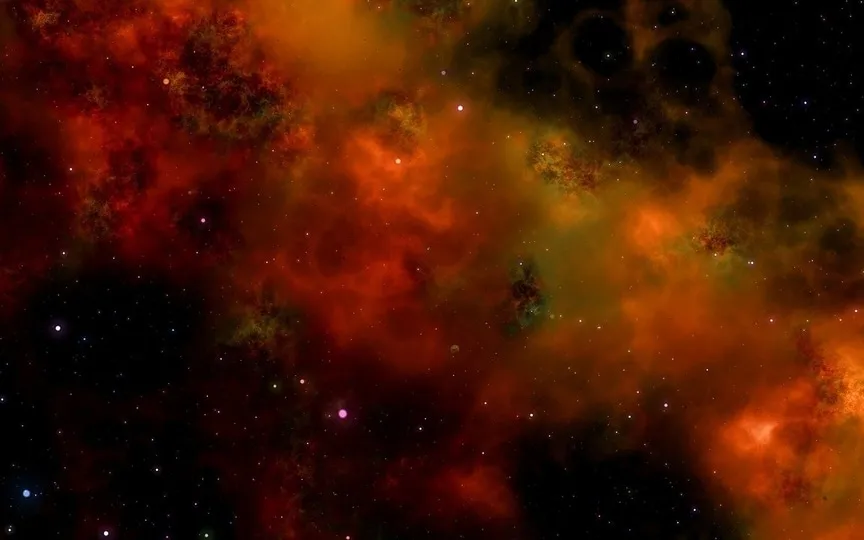Witness the Might of Nature: ISRO’s Astrosat Detects Most Powerful Gamma-Ray Explosion!
The Indian Space Research Organisation (ISRO) has once again achieved a significant breakthrough with the help of the Astrosat space telescope, as it successfully captured a colossal gamma-ray explosion. These explosions, known as gamma-ray bursts, are recognized as the most potent explosions ever observed in the universe. The Astrosat space telescope, India’s inaugural multi-wavelength space telescope, has now detected its 600th instance of such a massive gamma-ray burst. Experts believe that delving deeper into this phenomenon can offer valuable insights into extreme environments and the fundamental laws of physics governing the universe. Learn more about this remarkable discovery.
Discoveries of ISRO’s Astrosat Space Telescope
According to an India Today report, the ISRO telescope captured the 600th Gamma-ray Burst (GRB), scientifically known as the GRB 231122B event. Explosions are considered the most powerful in the universe, and they can also lead to the creation of black holes because of the enormous amount of energy they release. The eruptions of the explosion are very bright, making it a powerful event in the cosmos.
According to reports, an instrument called AstroSat’s Cadmium Zinc Telluride Imager (CZTI) was responsible for detecting gamma-ray bursts (GRBs). ISRO reports that the instrument has the unique ability to measure X-ray polarization, which also functions as an open detector above 100 keV. The observations collected by ISRO’s CZTI enable scientists to understand such events and their impact on the universe’s environment.
India Today quoted Professor Varun Bhalerao of IIT-Bombay as saying, “We are proud of what AstroSat has achieved. Building on this success, several institutes have come together and proposed to build Daksha, the next generation GRB space telescope, which is far superior to any similar satellite worldwide. Daksha is sensitive enough to detect in a little over a year what CZTI did in eight.”
About the Astrosat space telescope
Astrosat is India’s first space astronomy observatory launched on 28 September 2015. The observatory was placed in an inclination orbit to study the temporal and spectral properties of galactic and extragalactic cosmic sources. Astrosat is equipped with five major payloads: Ultra Violet Imaging Telescope (UVIT), Large Area X-ray Proportional Counter (LAXPC), Cadmium Zinc Telluride Camera (CZTI), Soft X-ray Telescope (SXT), and Scanning Sky Monitor. (SSM).




